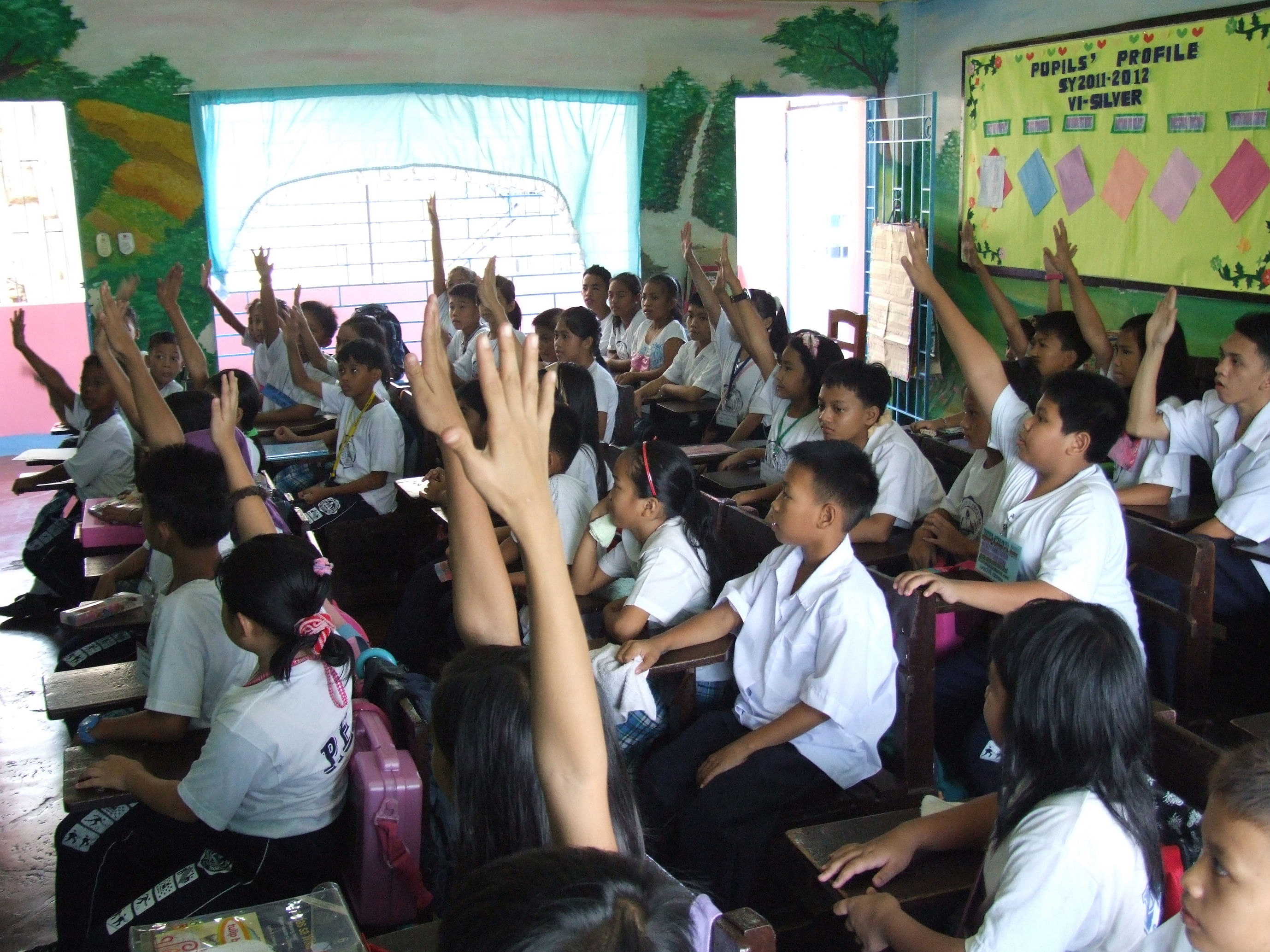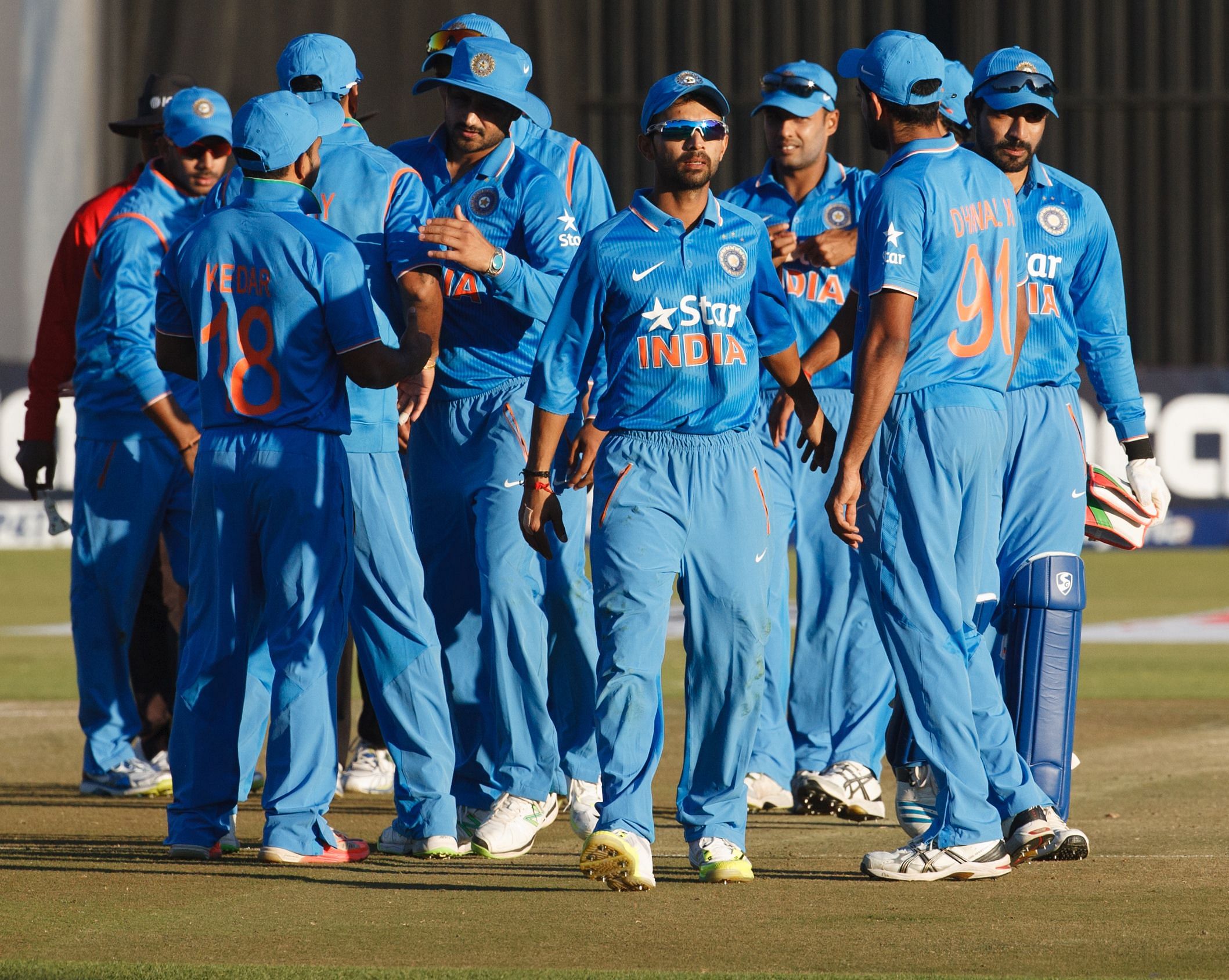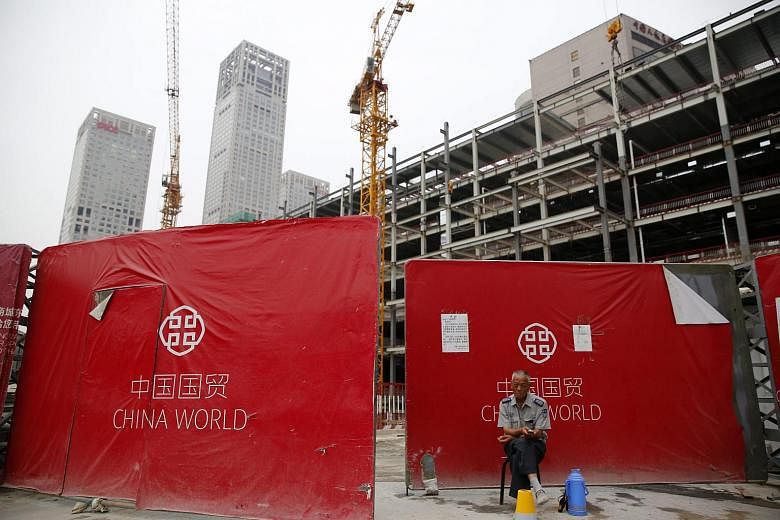1. More green shoots of consumption-led growth
In its editorial on July 16, 2015, China Daily calls for more measures to increase consumption-led growth
For the global economy that is teetering on the brink of its slowest annual growth since the 2008 global financial crisis, China's 7 per cent economic growth in the first half of this year can hardly be satisfactory.
Nevertheless, for the world's second-largest economy that is undergoing crucial structural reforms, such a hard-won growth rate is actually more encouraging than might meet the eye.
Latest statistics show that China's GDP reached 29.7 trillion yuan (S$6.5 trillion), up 7 per cent year-on-year in the first six months of this year.
That means, after a series of bold government macro-economic moves and structural reforms, the Chinese economy has seemingly bottomed out by expanding 7 per cent in the second quarter of 2015, the same as that in the first quarter.
When China's economic growth decelerated from 10.6 per cent in 2010 to 7.4 per cent in 2014, the slowest pace since 1990, few observers expected that the country would be able to stop the slowdown anytime soon, especially when economic growth further dipped to 7 per cent in the first quarter.
Now, with the many pro-growth policies adopted by the government in the first half of the year set to take effect, it looks more than likely that the Chinese economy will expand faster in the second half because of robust domestic consumption.
The reason why the Chinese economy has beaten the market forecast of below-7-per cent growth for the second quarter has surely something to do with the fact that the country's exports rebounded in June.
But the fundamental driving force is no longer the fast export growth that worked so well to maintain China's rise as a global manufacturing powerhouse over the past three decades.
Instead, it is the steady increase in domestic consumption that is propelling China's moderate but more sustainable growth.
Consumption accounted for 51.2 per cent of GDP growth in 2014.
In the first half of this year it has contributed 60 per cent.
Such a rapid rise in consumption-led growth results from both the continuous rise in people's incomes and the government's unremitting efforts to improve the domestic environment to encourage consumers to open their wallets.
Given that consumption plays an even bigger role in boosting growth in many developed countries than in China today, it is reasonable to expect more government efforts to tap into this source of growth.
If Chinese consumers are better served, both the Chinese economy and the global economy will benefit tremendously even if the country's economic growth rate is not as breathtaking as it used to be.
2. The 'Durian candy' food scare

In its editorial on July 15, 2015, the Philippine Daily Inquirer urges the government to improve food regulation
The speed and extent of the food-poisoning incident involving durian candy in the south has been nothing short of alarming.
From the first report last Friday about 20 kids falling ill after ingesting the candy they had bought from ambulant vendors in the school premises, the number swiftly rose to 600, then to over 1,000.
According to the Department of Health, as of this writing, 1,925 people have been affected, mostly elementary and high school students in Tandag City and in six towns of Surigao del Sur.
Thankfully, no one has died, but 66 remain in hospital.
Now comes news of a similar incident: 15 students in North Cotabato hospitalised after eating siopao bought from their school canteen last Thursday.
The victims, Grade 5 pupils aged 9 to 11, displayed the same symptoms that downed those who ate the durian candy: nausea, vomiting, acute abdominal cramps, gastritis-leading health authorities to suspect that the food items carried a still unknown contaminant, or were already expired when sold.
Mass food poisoning incidents in disparate towns within days… What is going on?
More distressingly, the incidents involved poor schoolchildren buying food from vendors who apparently could sell their wares in and around school premises unregulated.
In the North Cotabato case, the spoiled food even came from the school canteen.
The manufacturer of Wendy's Durian Candy, Janet E. Aquino, has turned herself in to authorities and acknowledged that the food item in question had come from her company.
But she disclaimed direct responsibility for the health scare.
She said that her candies were sold in batches of 100 while those that downed the kids were reportedly being sold in packets of 20, and that her candies were safe for consumption and had a shelf life of six months, but that she couldn't guarantee that every candy sold was not yet expired or tainted, because retailers and bulk buyers apparently repacked and sold them in smaller packets.
Could it be a case of an isolated batch of candies that got tainted by something?
Possibly, but the manufacturer's problem is much bigger at this point than a random incident of a product done poorly, or a manufacturing process gone awry.
It turns out that Wendy's Durian Candy, based in Davao City, has been operating for the last six years as a home-based enterprise without certification from the Food and Drug Administration.
That means no government inspection of any kind had been done on the candy products or on the safety and quality of the process employed to make them, before the stuff was sold to schoolkids and other consumers.
A further omission happened down the line, with school authorities apparently having allowed the sale of such food in their premises.
Then again, how exactly do you police ordinary vendors in the school environment selling such ubiquitous homemade snacks as "kamote-Q"or turon, isaw or fishballs, balut or boiled banana-and locally made candy, in this case?
The bigger responsibility still rests with the food and health agencies, and here again is a case of an entity falling through the regulatory cracks either through, one suspects, plain negligence or deliberate indifference.
As in the case of buildings that are built in violation of fire safety regulations, or companies that evade tax or customs duties or ignore the labor code with winking assist from government inspectors, scratch the surface of the latest public incident or social aggravation and you see a government failing to do its fundamental duty.
Six years-that's how long Wendy's Durian Candy has been selling its products without certification from the FDA, for instance. How did it manage to do that?
A balance, of course, should be struck between encouraging entrepreneurs to invest in food enterprises, and ensuring that their processes and finished products are in compliance with, at the very least, health and safety regulations, so that the consuming public, especially its most vulnerable sectors such as schoolchildren and poor citizens, may be spared food poisoning incidents and other costly and potentially life-threatening health scares.
Public safety and welfare are paramount, or the next incident may prove to be truly fatal.
Davao authorities have shuttered Wendy's Durian Candy for now, while school officials have banned outside vendors from school premises.
But these are stop-gap measures.
What comprehensive, long-term plan does the government have in mind to address glaring holes in food and health regulation?
3. Cleaning up the game of cricket

In its editorial on July 16, 2015, The Statesman says that change must come from within rather than be imposed from top.
Analyses of railway accidents confirm that engine drivers sometimes "run against" red lamps.
That must be kept in mind before going ballistic over the "signals", "messages" and "cautions" apparently flashed to the Board of Control for Cricket in India (BCCI) by the apex court via the Lodha committee; which has reported on only part of its exercise.
Once the noise and hype dissipates it could be seen that the admittedly stern action it has taken against two leading IPL teams (both previous winners) and a "principal" of each has distinct limitations.
Both have been charged with betting - which is illegal only in conservative India.
No charge of match-fixing has been established.
True that the IPL has been turned topsy-turvy, but given the BCCI's "resourcefulness" and traditional defiance there could well be a huge gap between the sentiments, platitudes, indeed the criticism too, that has been articulated by the Lodha panel and the realities that could unravel on the ground.
After great expectations from the Mudgal committee (why is its complete report still under wraps?), we must now await the Vivek Priyadarshi findings, and of course the second part of the Lodha panel's endeavours to reform and re-structure the BCCI.
If justice delayed is justice denied the same applies to punitive/remedial action; an uneasy impression could well gain ground that since no criminal liability has been established by the "action" in the apex court, their Lordships are not in a position to "nail" those who have brought the game into disrepute.
A host of critics, experts etc. have used the media to present an exaggerated account of the Lodha panel's conclusions - judicial observations may indeed be "catchy", do they "catch" anyone?
These seemingly negative points are being made not to undermine the admirable task the apex court assigned itself, nor in any way to defend the manipulations and mischief within the BCC.
The intention is to alert the public that the phased clean-up could be a protracted process, and maybe a commission fully authorised to probe the BCCI in its entirety is necessary.
N Srinivasan has, perhaps deservedly, become everyone's whipping boy but on what basis can the Lodha panel be deemed to have indicted him?
It is a moot point if a true clean-up can be externally enforced.
There may have been rumblings within the BCCI but no full-fledged revolt.
Yes, the IPL is tainted, its format lends itself to a range of irregularities: simultaneously has it proved both thriller and money-spinner, attracted the cream of international talent, helped budding domestic cricketers gain from the experience of playing alongside superstars.
The desire and determination to reform the management of cricket must come from within the BCCI and its affiliates. Can their Lordships inspire such a straight-drive?

